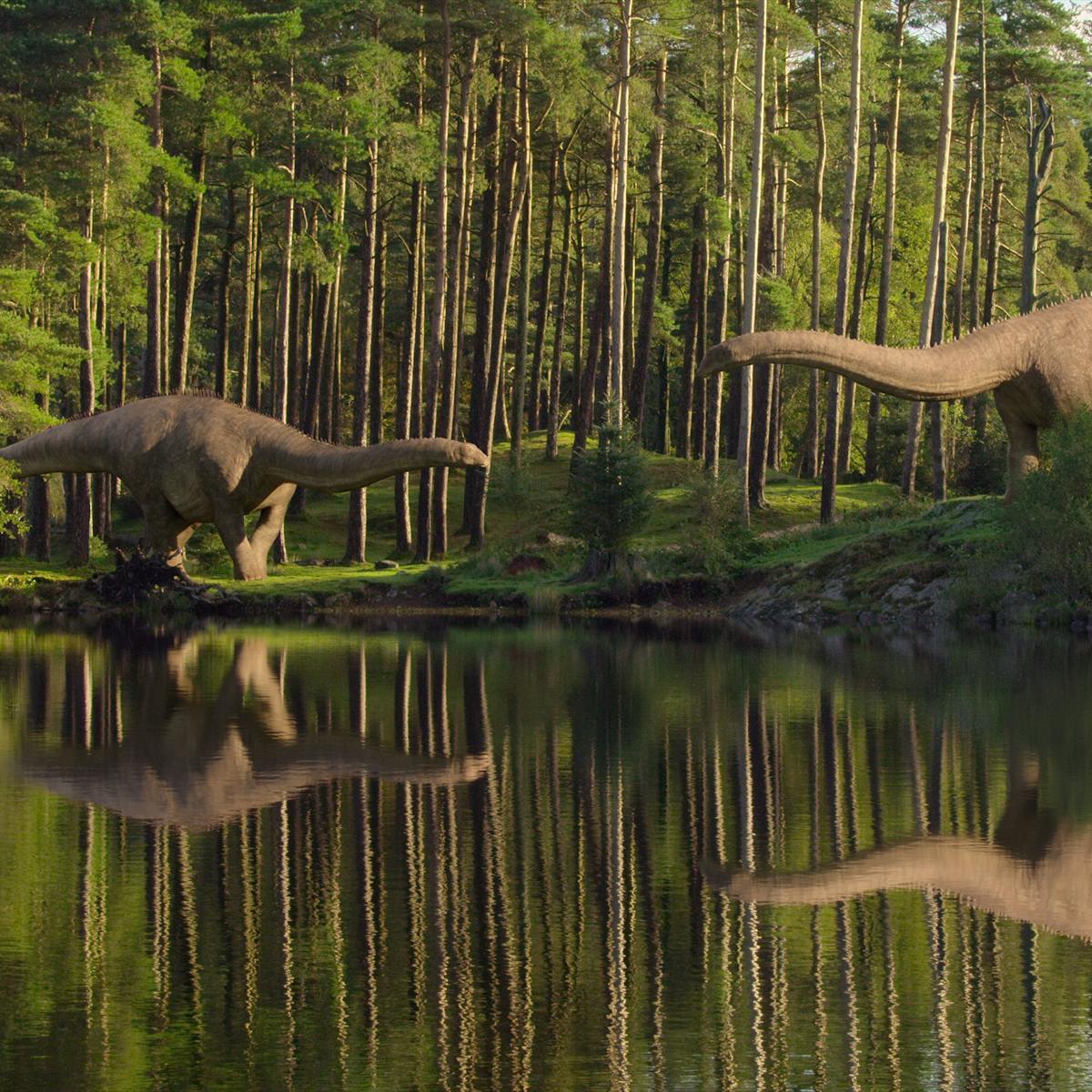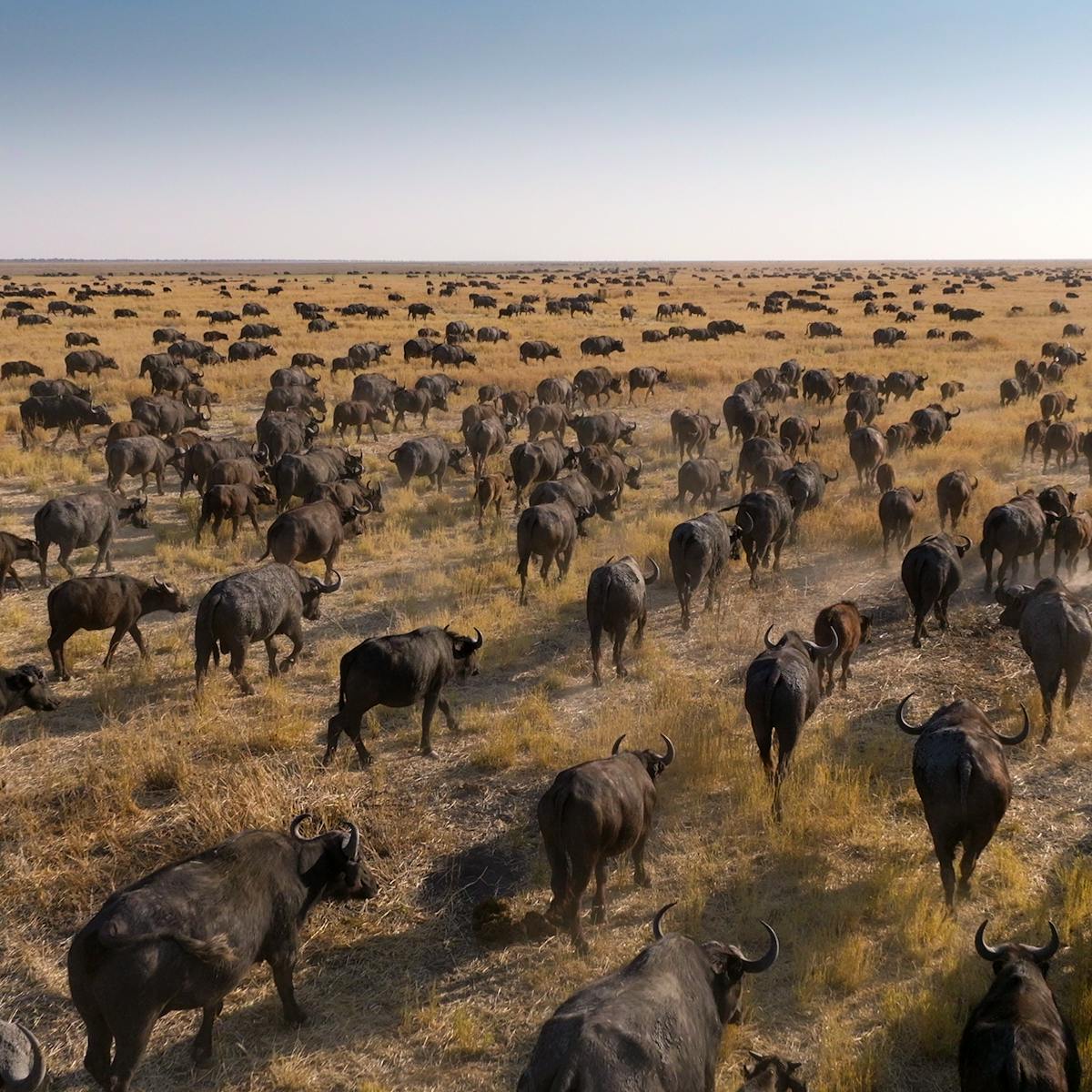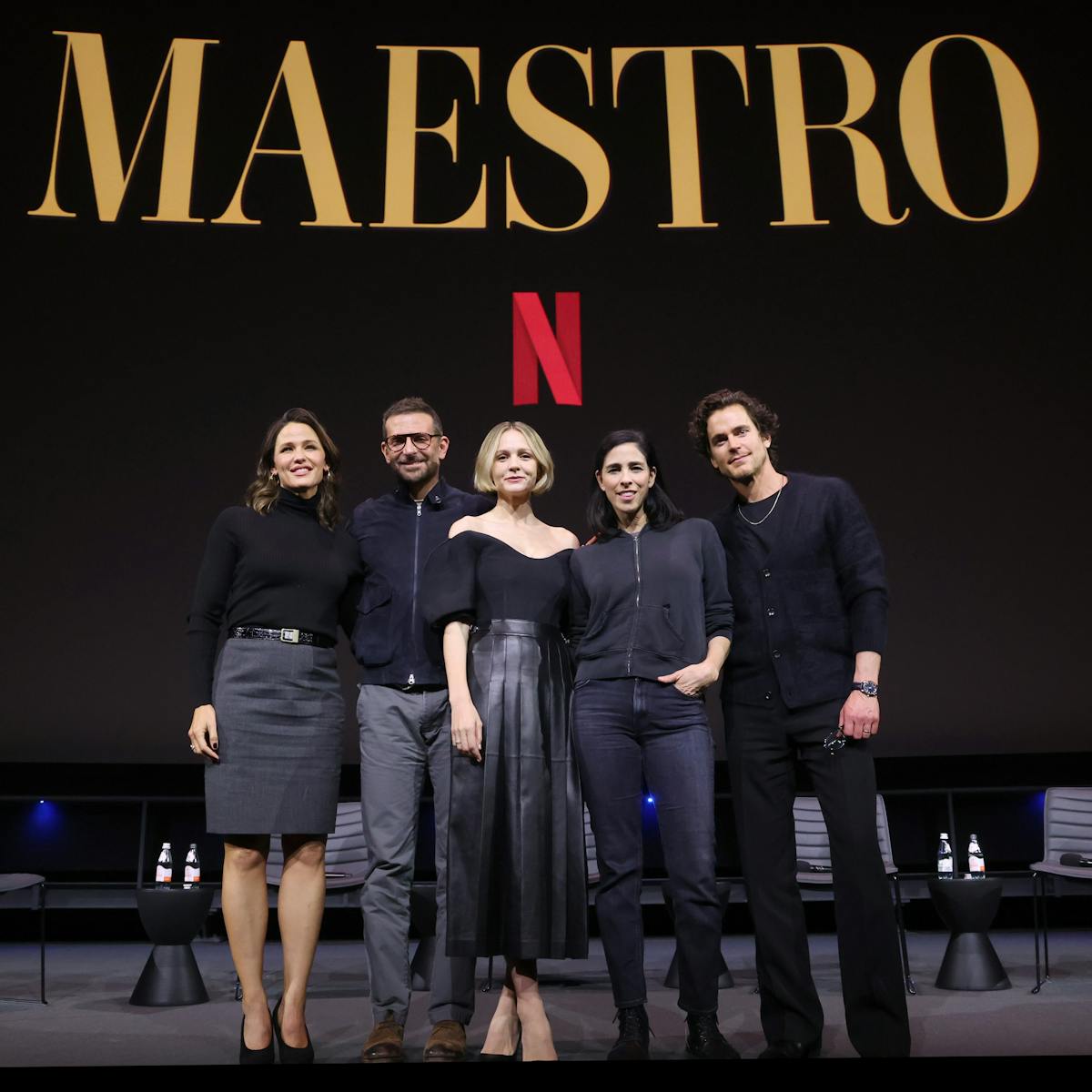Intimate eyewitness accounts from the talent behind the breathtaking Our Planet series detail the crew's experience in three remote locations.
PRODUCERS ALASTAIR FOTHERGILL AND KEITH SCHOLEY
We started script work for Our Planet in the middle of 2015. We always storyboard and work out a plan because the audience expects to have really engaging stories. They want to get emotionally involved with the animals and that means a very carefully planned story. We know what the animals are supposed to do, but of course they always surprise us and do different things, and that’s what’s so exciting. Often you’re on location with a cameraperson and, as a director, you’re constantly changing the storyboarding, saying, “Well, we got this, but we didn’t get that — how does that work in our story?”

Sophie Lanfear
If you’re into wildlife filmmaking you have a real passion to see great things, have a great passion for travel — and you don’t care where. We never, ever have a problem trying to persuade people: all of our team, they’re all up for the adventure. We have our own team of producers, assistant producers, and researchers. The cinematographers and editors tend to be freelance. Some of them we’ve worked with for 20, 25 years. The best ones are really, really in demand and we’re lucky to get them; they’re all amazingly specialized. These sort of individuals we work with actually enjoy it when it’s a bit tough. They’re drawn to the big challenge to film new things, and that means going to new and difficult places.
The following stories and images are from the field notes of some of the amazing individuals who captured the stories that make Our Planet.
Our Planet is about how nature is being crushed and how nature’s been crushed in all sorts of different ways. Climate change is one way, but there are all sorts of other things we explore in Our Planet. So when you’re looking at orangutans, their problem is not climate change — it’s deforestation. If you look at cheetahs or wildebeests, it’s about loss of the vast habitat space. Our focus was very much to show how we can help to preserve the future of nature. We wanted people to really understand the value of nature.
If the planet is to recover and support its increasing, new populations, nature is at the heart of that. Nature’s wonderful and it’s worth keeping. We could lose this and, well, we don’t need to. We have the choice to keep it. We all have the choice now. There is a road we can go down, which is business as usual, which is not good for nature. There’s another road on which we can change and we can keep nature.
The following stories and images are from the field notes of some of these amazing individuals who captured the stories that make Our Planet.

Sophie Lanfear faces off with a walrus
DIRECTOR-PRODUCER SOPHIE LANFEAR REPORTING FROM THE NORTHERN COAST OF RUSSIA
In 2009, Russian biologist Anatoly Kochnev discovered the largest gathering of walrus on the planet, with over 100,000 coming ashore to rest in between feeding trips. This many walrus together in one place was unprecedented. It was the perfect story for the end of the “Frozen Worlds” episode, a film that told the story of sea ice at the poles.
Our home for the next month was little more than a rickety old wooden shed that had been built in the 1950s for trappers. The closest local habitation was 20 kilometers away and the hut was the only visible sign that humans had been in the area at all. Seven of us sharing a living space about three meters by three meters, not washing for weeks on end, just enough room for a person to lie down along the edge of the room and a tiny doorway. We slept stacked along shelves on the walls: four of us on one wall had to queue up to slot into bed each night, and unstack in reverse order in the morning. Two others stacked on top of one another in a shelf bunk along another wall. Anatoly had the kitchen bench to himself, which doubled up as our communal dining space during waking hours. It was cramped, smelly, and unbearably hot when the stove was on; when everyone was inside, we had about 50 centimeters diameter of personal space to ourselves. We had a cabin vole that loved nothing more than to crawl into your sleeping bag in the middle of the night and wake you up with a small nibble to your inner thigh!
The walrus started turning up late evening. By the time it got dark the far end of the beach was full. It wasn’t until the middle of the night that tusks started scraping against the walls. Anatoly got up to check the outer sections of the cabin. There was an open doorway that walrus could fit through and if they got in they would severely damage the cabin walls in the process. We all got up to help hammer wooden planks across the open door. It was like something out of a zombie movie. The sound of walrus grunting and breathing, calling to one another, fighting — we were in the middle of it all. I never thought that there would be so many walrus that they would surround our cabin.

A calf and mother walrus
The next morning we were up readying the cameras well before it got light. The walrus had surrounded the cabin on all sides. It was possible to stand a couple of centimeters away from a walrus’s head and listen to it breathing. It is moments like this where all the small hardships of cabin life instantly disappear. The privileged moments we got to spend living amongst (literally in the middle of) a crush of walrus will remain with me forever. More people have climbed Everest than will ever get to listen to the sounds that thousands of walrus make as they sleep. You can’t normally expect to get this close to walrus. Having been hunted by man for millennia they are naturally very wary of us. However, the cabin has stood there for decades and the walrus have completely desensitized to it. So much so, that when the walrus pass by the open door they often poke their heads inside, staring into the darkness of the unlit hut. Who knows what they sensed, whether they could see us? I am sure they could smell us. I am just privileged to have shared a small part of my time on the planet so close to these beguiling beasts.
We traveled to Russia with the intention of capturing the largest gathering of walrus on the planet. We never expected to capture the scenes of walrus falling to their deaths from 80-meter-high cliffs. The fact that walrus were even capable of climbing to the top of such high cliffs was hard to believe, let alone watching them fall off when they wanted to return to the sea. It was the hardest thing Jamie [McPherson] has ever had to film, but to not film it or show it to the world would have been a disservice to the walrus that lost their lives that year. Such tragic memories will stay with us forever. If there is one thing I can take away from it all, it is that what we documented is available to a global audience. It is there for everyone to see. There to remind us all of the impact the loss of sea ice is having in the far north of our planet. While the visuals may shock viewers, I hope they serve to shock viewers into action. It is time for us to take ownership over the destruction we are collectively causing to the planet and do something about it while we still can. To ignore it is to condemn species like the walrus to the history books. The response I have received from people all over the world that have seen the walrus sequence and felt compelled to write to me are overwhelmingly positive. People recognize that it isn’t right and want to know what they can do to change it. If that isn’t the reason why I got into wildlife filmmaking then I don’t know what is.

Doug Anderson
CINEMATOGRAPHER DOUG ANDERSON REPORTING FROM FRENCH POLYNESIA
In the “Coastal Seas” episode, we wanted to get as close as possible to the sharks’ night feeding. We wanted to get completely immersed in the action, so we knew that we were going to get bit. Knowing that the chances of getting bitten by a six-foot shark are very high, we spent more time talking about that sequence than I think I have for anything else in 20 years. We went into the absolute minutiae, and ended up with a system that we thought would allow us to get into these feeding frenzies and come out unscathed. We developed a chain-mail suit. It covers every inch of your body apart from the lips and eyes. Gloves, boots, the works. We put it on, like another layer — on top of our wetsuit. And then we put our diving equipment on top of that. For the size of shark that we were filming, we figured that with the suit we’d probably come out unscathed. And in the end, for a month of diving, for a team of six people, no one broke a fingernail. The planning, it paid off — even though most of us got bit once every two or three nights.
The other big problem with that shoot was lighting it safely. Lighting on that shoot probably received more attention from the sharks than anything else. My assistant, Catherine Brown, is an unbelievably good diver. Cat and the rest of the team didn't want to fight the current. The current can flow upwards of two knots, which is just a little over two miles an hour. That doesn’t sound like a lot, but it’s way too strong to fight against — even without carrying 50 pounds of underwater lighting rig. So we put all of that lighting rig on a big underwater scooter. Then balanced that scooter out, which is like an underwater torpedo. Cat basically had this underwater propulsion device that carried the lights for her, and she could use the trigger to keep herself super steady in the current. When she got attention from the sharks, they tended to come up and sort of smack into or bite the torpedo, and Cat was really at the center of the job. The team’s ability to keep our lights steady, in what was a super difficult situation, was right at the center of keeping everything safe.

Doug Anderson
The shoot was a high-octane, extremely stimulating situation. We enjoyed every moment of it, and got out at night, like, pretty buzzed out. But I didn’t ever ... even in the process of being bitten, I never really felt fear. I felt like we had a system; we were working it. I could tell straight away that it was gonna work out pretty well. I’m really proud of that sequence. I love what we did with it.
Being in a submersible, you’re just in this bubble, and you leave the surface, and start descending, and see you're passing 70 meters and looking up just thinking, Yeah, this is a part of the planet that I have never explored, you know? It was just so exciting. I loved every single moment of that shoot. There’s these little critters, like fish and squid and everything else in the water, actually seeing that visually — seeing it arrive. And then flying around, finding the coral reef — white corals in these incredible hedges of biodiversity.
The deep ocean of our planet is about as unexplored as the surface of the moon. We literally know nothing about it. Scientists were like, “We don’t know what we’re gonna see on this dive.” And all of a sudden, we see stuff that we can’t explain. You know, it’s that simple. There’s a level of knowledge in the sea that is so low.
We went from location to location just watching local people, coastal communities that are reeling from climate change. You know, it’s really hard to watch. It was terrifying, seeing a lot of garbage. Hundred miles off the coast of Florida and there's plastic bags and man-made marine litter.

Our Planet cameramen
CINEMATOGRAPHER MATT AEBERHARD REPORTING FROM THE SUMATRAN RAINFOREST
Without the work I would be the size of a house, so I find myself preferring these jobs, the active assignments, being fit and physically challenged.
Chainsaw, the most ubiquitous sound of the forest.
Where there are Orangs there are other life forms: incredible hornbills (so easy to poach out of existence because of their reliance on fruiting trees and their advertising calls); wonderful sunbirds; a vivid green viper and its cohort of agitated birds, pressing in on it, scolding it with as much intensity as six-inch-long birds can muster from within themselves.
And the Orangs themselves. Lasting impressions. Habituated to humans, frightened of other Orangs — females harassed by sub-adult males. Violent surprises — the rape of females. Are the animals stressed because of the contraction of the forest? Young males cannot roam out as they used to. Rape is only now being recorded by scientists, is this a new phenomenon?
Youngsters curious, others nonplussed. Large males make long calls, are proud of immense strength and power. Like a whirlwind in the trees, shaking leaves, flowing hair worthy of a shampoo ad. A studious look, and a move to a 50-foot-high tree snag that’s popped off its base, with a precise and deft hand movement, and deliberately aimed in our direction. I don’t think Orangs like us very much.
Long call of male Orang . . . Urrrhg!!
At dawn: chirping sounds of insects; leaf rain; drops on skin.
We drank from forest water pools, reduce weight of kits. Water bottles are too heavy.

An orangutan
Spongy ground, aerial root systems like croquet hoops ready to trip one up, break an ankle or leg. A feeling of total helplessness that comes from a life of walking on pavement. A lack of balance in the foot and lower leg. The loss of agility and inner strength that comes from a life walking in shoes. A feeling of physical disconnect that is temporarily relieved by the physical nature of some of these shoots. Being made to feel painfully inadequate on a physical level. Saturated earth; invisible holes made by the upturned root boles of long dead trees — ready to swallow up a cameraman and his camera. An embarrassing lack of agility. Avoiding the ubiquitous smoke of Indonesian cigarettes —by far the worst aspect of it all.
Sad and lonely forest-emergent trees with bees nests, but ringed by deforestation to prevent Orangs from access. The usual story of unfathomable complexity being replaced by a uniform standard, a desertification of sorts, a constant whittling replicated on a global scale. . . . These days you can always feel the squeeze in a forest. The forest is being replaced by individuals, families, companies, everyone always squeezing in. In these patches of forest the chainsaw is an ever-present sound.
The characters of the Orangs. Their trials. Their hopelessness out of trees, like a human child thrown in water.




